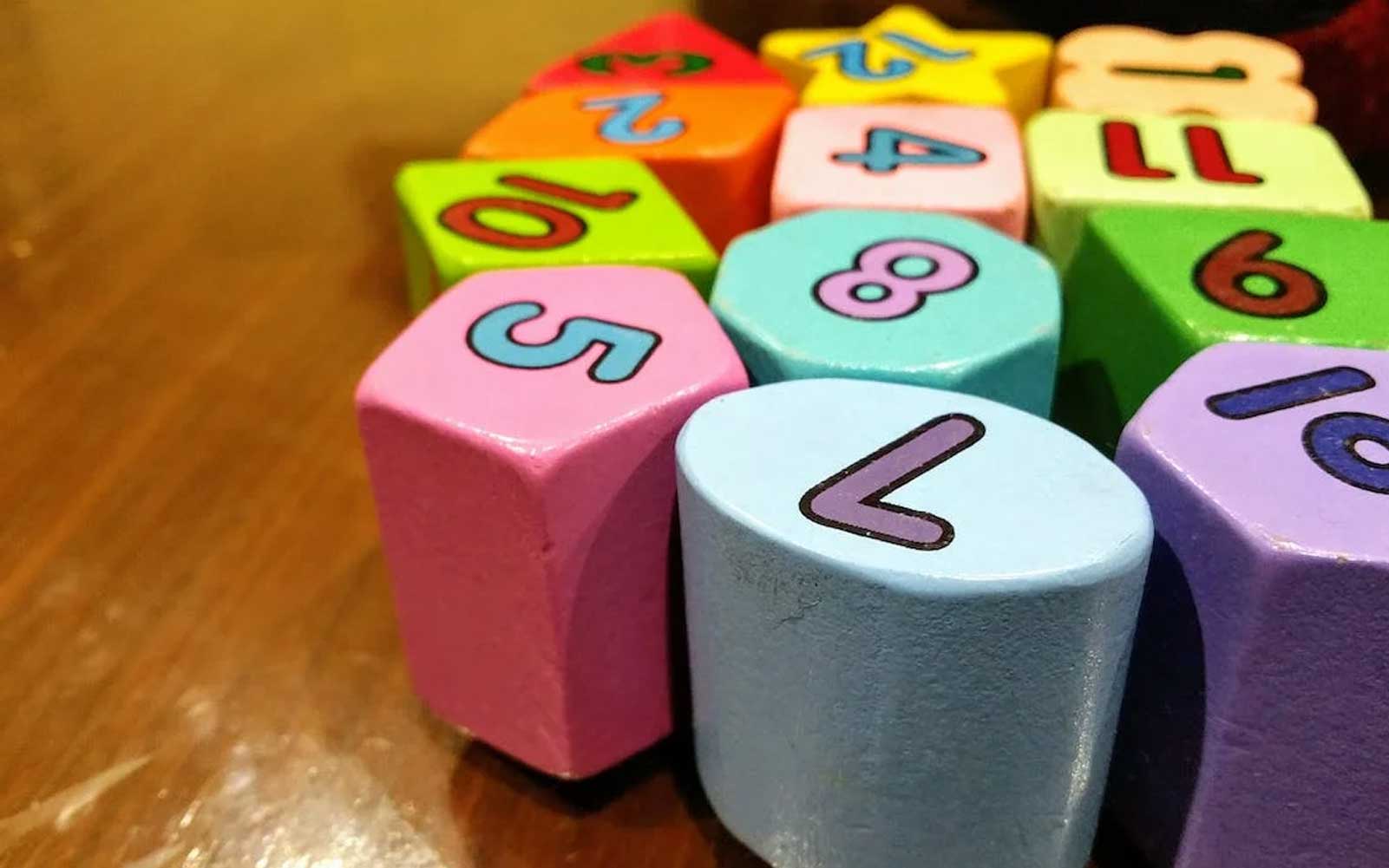
Middle East: Champion of toy market growth
With the continued development of the global economy and the improvement of people’s living standards, the global toy market has experienced significant growth in the past few years and is expected to still have huge room for growth in the future. Among them, the Middle East, as a representative of emerging markets, is particularly eye-catching in its rapid expansion of the toy market. According to the latest forecast of imarc group, the size of the Middle East toy market will grow at a rapid compound annual growth rate of 9.20% from 2024 to 2032, and is expected to become one of the regions with the highest growth rate in the global toy market.
1. Regional market division and growth drivers
The toy market in the Middle East is mainly concentrated in Saudi Arabia and the United Arab Emirates. According to Statista, Saudi Arabia’s toys and games market revenue is expected to reach US$1.455 billion by 2024, compared with US$444 million in the UAE. The reason why these two countries can become the main driving force of the Middle East toy market is mainly due to their young population structure, high consumption power and large economic scale. Furthermore, both countries are undergoing rapid urbanization and digital transformation, which is providing strong impetus to the growth of the toy market.
It is worth mentioning that the Internet penetration rate in the Middle East has exceeded 70%, and the Internet penetration rate in Saudi Arabia and the United Arab Emirates is close to 100%. This has allowed the local e-commerce industry to flourish and provided new channels for toy sales. Consumers can easily purchase various toys through e-commerce platforms and enjoy convenient door-to-door delivery services.
2. Huge consumer market size
In addition to economic and Internet advantages, the geo-culture of the Middle East also plays a key role in the growth of the toy market. Since most countries in the Middle East are Islamic countries with generous national welfare policies that encourage childbirth, each family has at least three children. Statistics show that about 60%-80% of the population in the Middle East is under the age of 30, infants and young children under the age of 5 account for one-tenth of the total population, and the number of children under the age of 10 is close to one-fifth. This huge consumer group has brought huge demand to the toy market.
3. Diversified toy products
According to statista, the main toy subcategories in the Middle East market include construction model sets, dolls and plush toys, plastic toys, and toys for toddlers and children. Among them, architectural models are popular because of their educational properties, compatibility and collection properties, and the target audience covers young children to the elderly. Plush toys are loved by men, women and children for their sense of healing and companionship. In addition, with the continuous development of the market, various plush toys with innovative gameplay and designs have also emerged to meet the consumer needs of different age groups.
4. Major Players and Market Opportunities
Although the major players in the Middle East toy market include well-known brands such as MGA Entertainment, Lego, Mattel, Hasbro, Spin Master, etc., there is still a large market share Occupied by non-famous brands and off-brands. Especially in Saudi Arabia, the proportion of non-famous brands and non-brands is as high as 70%, and the market brand concentration is not high. This provides huge opportunities for China’s cross-border e-commerce companies.
5. Hot Trends and Future Development
The rise of customized toys: As consumers’ demand for personalization increases, customized toys are gradually gaining popularity in the Middle East market. Companies can customize unique toy products according to consumer needs to meet consumers’ individual needs.
The all-age trend of the toy market: With the continuous changes in the consumer market, the toy market is no longer limited to children’s toys, but tends to develop for all age groups. Adults are also beginning to seek fun and relaxation through toys, which has brought new growth points to the toy market.
Pay attention to the value of toy content: In the Middle East, Islamic beliefs are widespread, so toy products must not only meet entertainment needs, but also conform to local cultural concepts and religious beliefs. For example, some toy products can incorporate elements such as the Quran to meet the needs of local consumers for religious inheritance.
In short, the Middle East toy market has huge potential and room for growth. With the continuous changes in the consumer market and the diversification of consumer needs, the future Middle East toy market will show more innovation and change.



